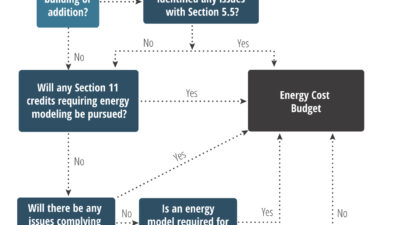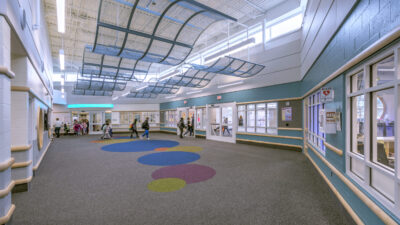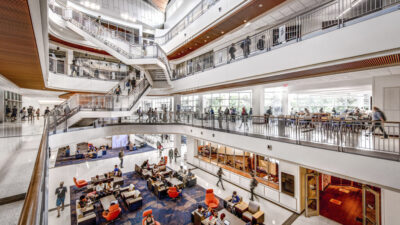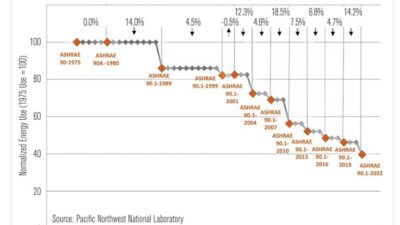ANSI has recently approved eight addenda to ASHRAE's energy conservation and building controls network standards. These include five addenda to ANSI/ASHRAE/IESNA Standard 90.1-2001, Energy Standard for Buildings Except Low-Rise Residential Buildings and three addenda to ANSI/ASHRAE Standard 135-2001, BACnet - A Data Communication Protocol for Building Automation and Control Networks.
ANSI has recently approved eight addenda to ASHRAE’s energy conservation and building controls network standards. These include five addenda to ANSI/ASHRAE/IESNA Standard 90.1-2001, Energy Standard for Buildings Except Low-Rise Residential Buildings and three addenda to ANSI/ASHRAE Standard 135-2001, BACnet – A Data Communication Protocol for Building Automation and Control Networks.
-
Addendum 90.1h updates Section 12 references and the test procedure references in sections that cover building material thermal properties and assembly U-factors.
-
90.1p focuses on keeping building energy simulation programs bug-free. This addendum requires the programs to be tested with ANSI/ASHRAE Standard 140-2001, Standard Method of Test for the Evaluation of Building Energy Analysis Computer Programs .
-
90.1o revises an exception to Section 6.3.1., economizers, so that it only applies to heat recovery systems required by Section 6.3.6.2., heat recovery for service water heating.
-
90.1r adds return duct insulation requirements.
-
90.1s revises exceptions (g) and (i) in Section 6.3.6.1., exhaust air energy recovery.
-
Addendum 135a changes the way BACnet systems represent and maintain schedules.
-
135c contains eight new features including life safety objects and services enhancements and the ability to represent utility meters and other measuring devices that provide pulsed outputs.
-
135d focuses on how to interconnect BACnet devices with devices that use the EIB/Konnex protocol.
All of the addenda are available for free via the “Standards Addenda” shortcut at www.ashrae.org .
Durability is Key
“Where is the bathroom?” is one of the key phrases people are told to learn when traveling to a foreign country—and with good reason.
In a recent survey of more than 600 International Facility Management Assn. (IFMA) members, commissioned by Bradley Corp., Menomonee Falls, Wis., almost three-quarters responded that they believe restrooms are the most frequently visited common areas of a building. An even higher number—85%—responded that durability is the most important design attribute of restrooms. Ease of cleaning and ADA-compliance were a close second and third, with 84% and 80%, respectively. Respondents revealed that low maintenance is also important.
According to the survey, facility managers also feel that restrooms are one of the number one targets for facility complaints; users are most concerned with restroom cleanliness. And hands-free technology is the most popular restroom design trend.
Go to



